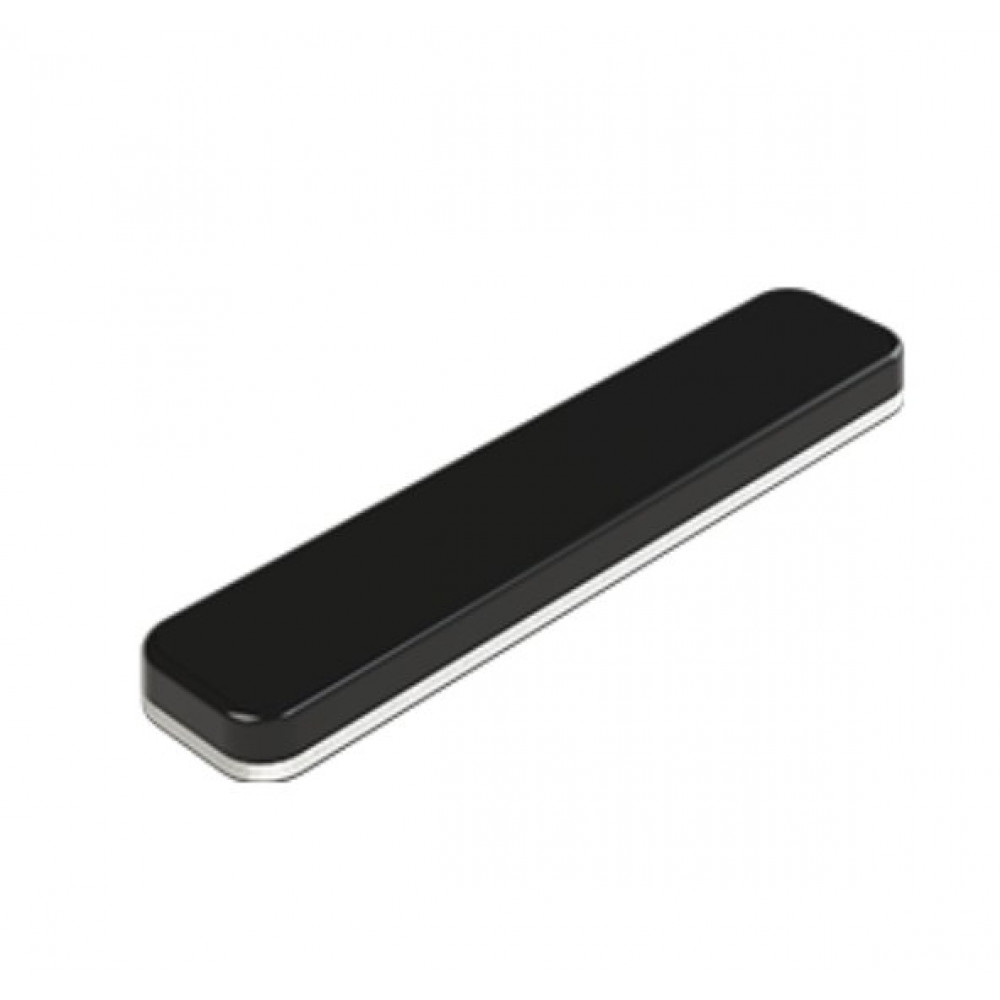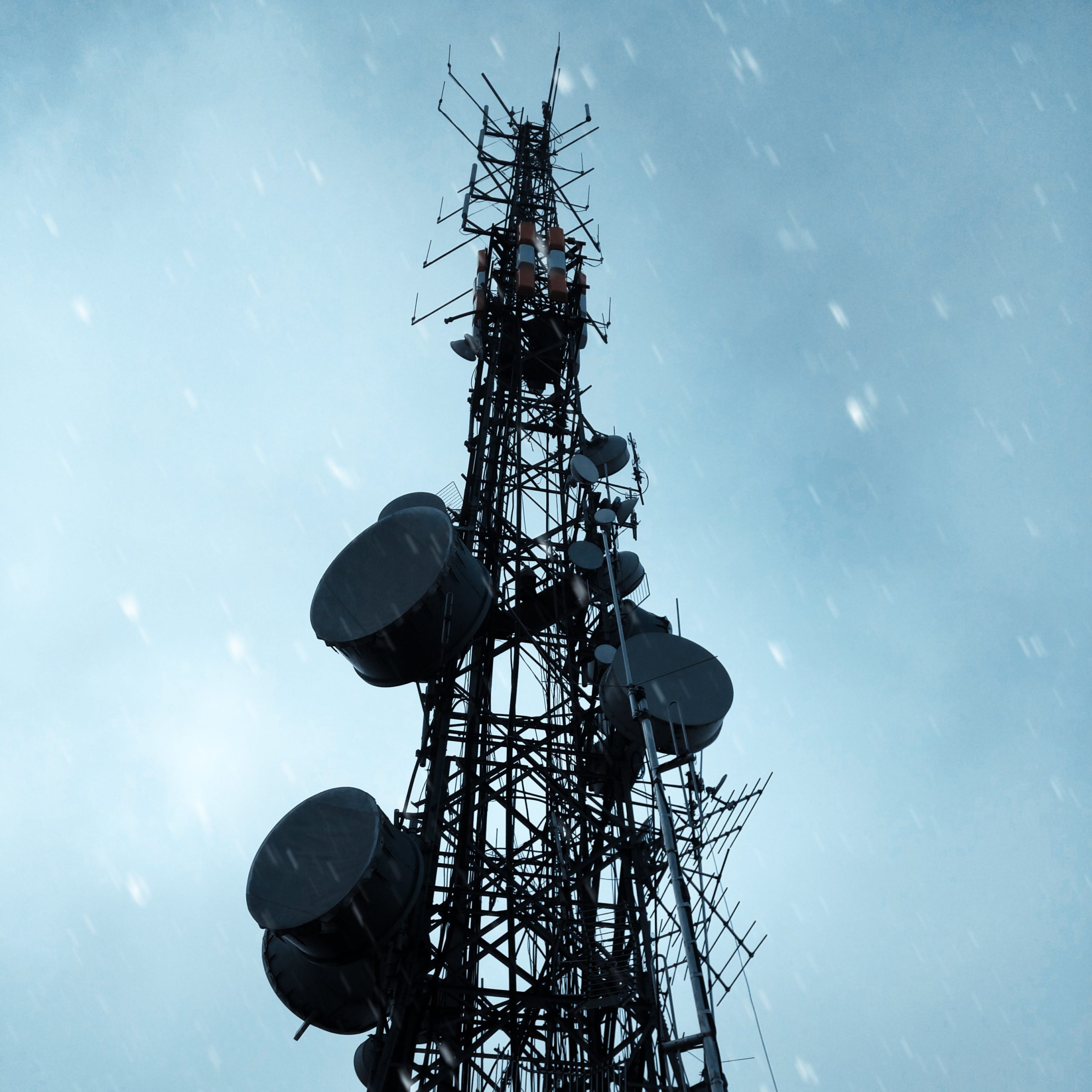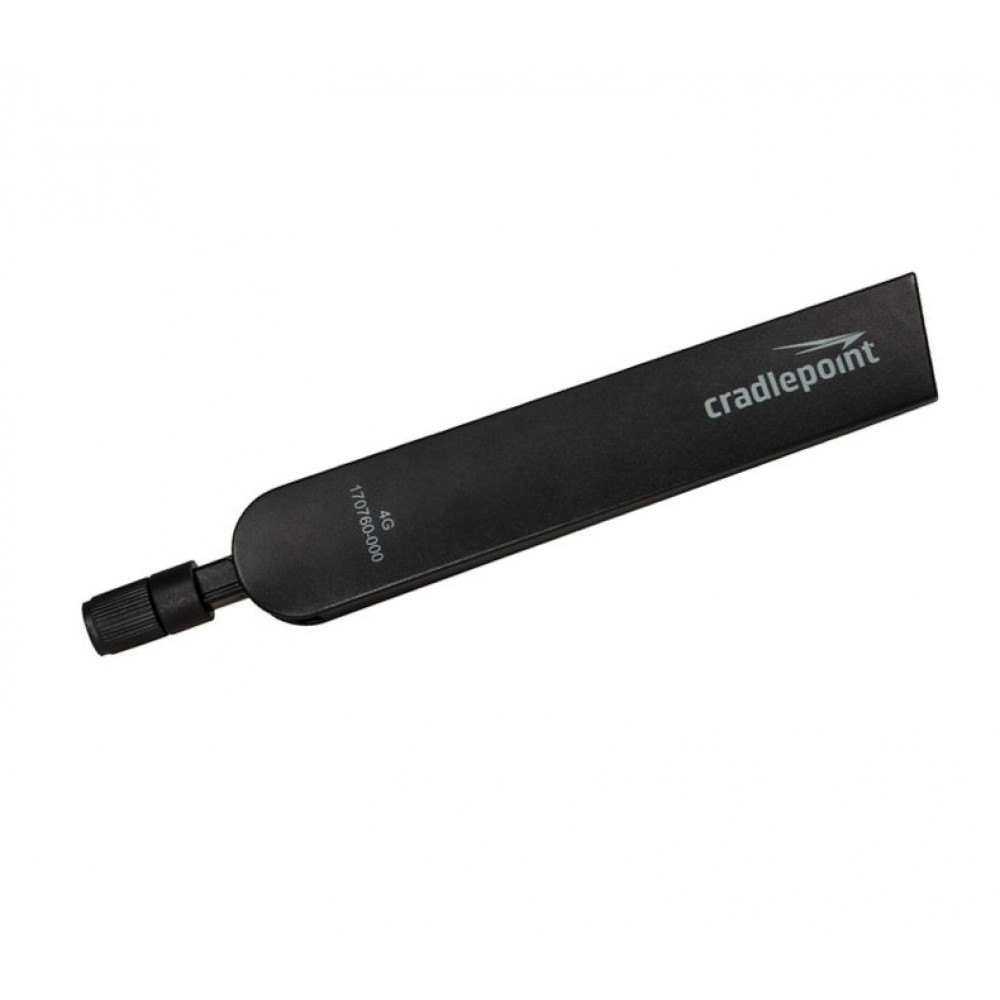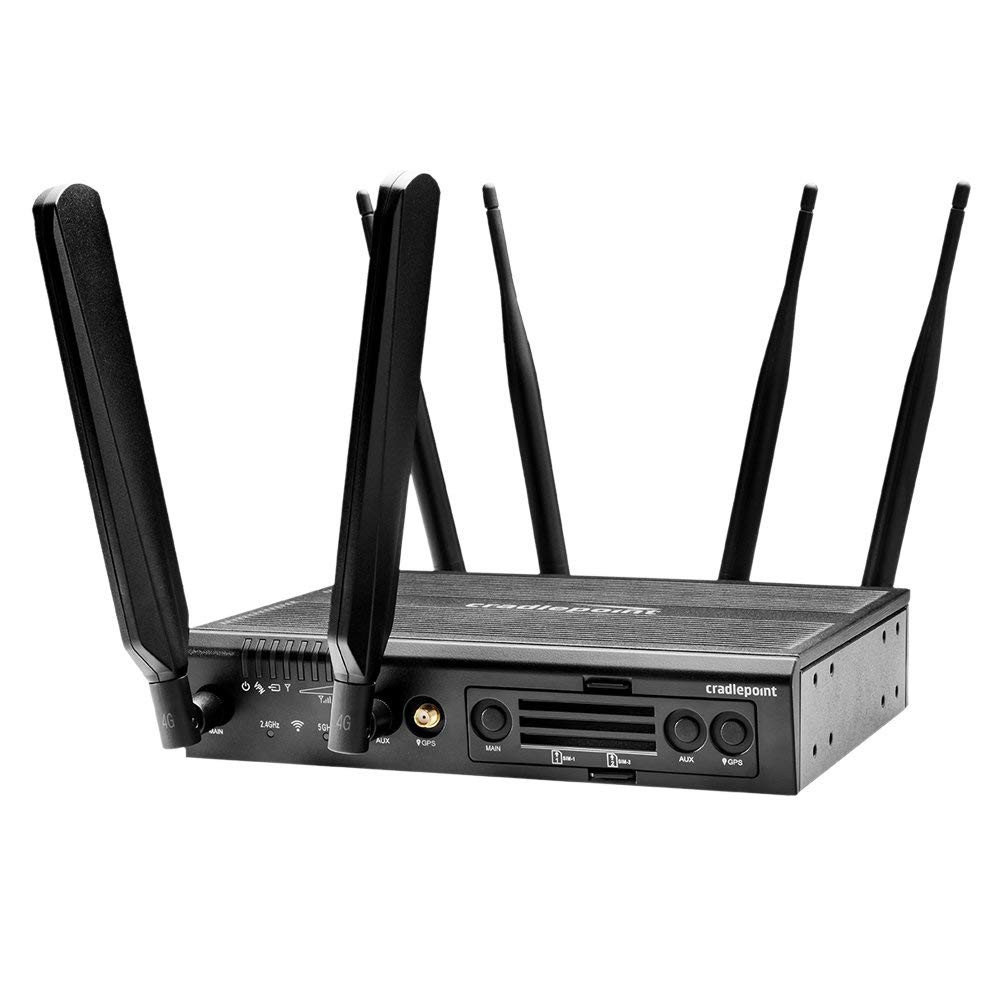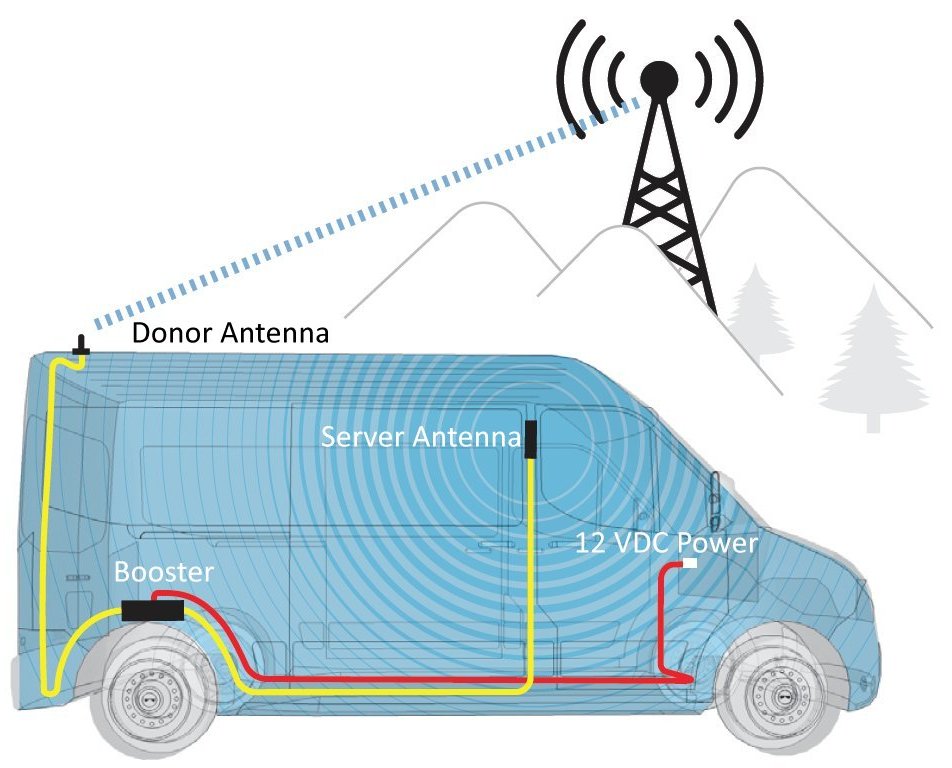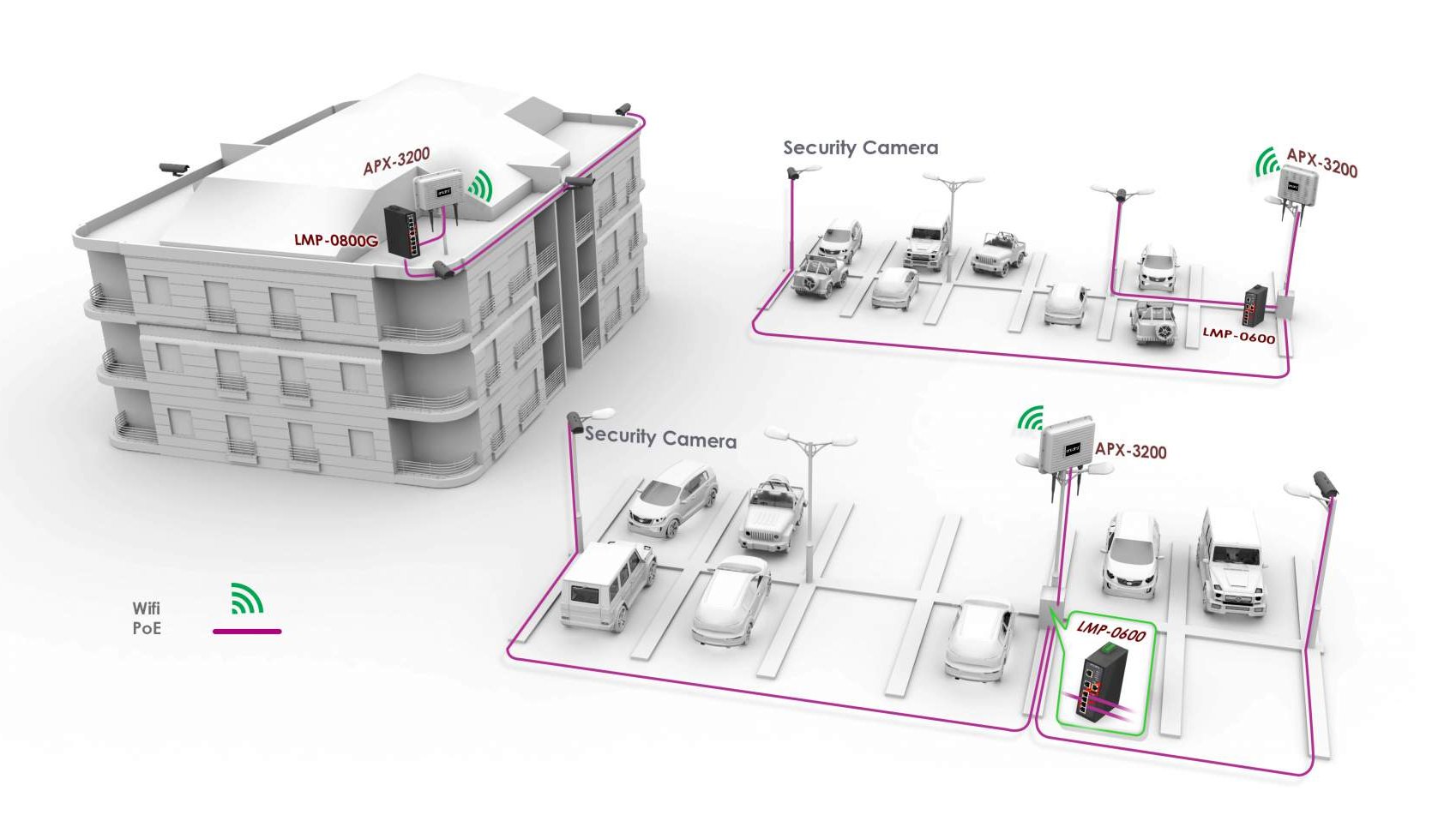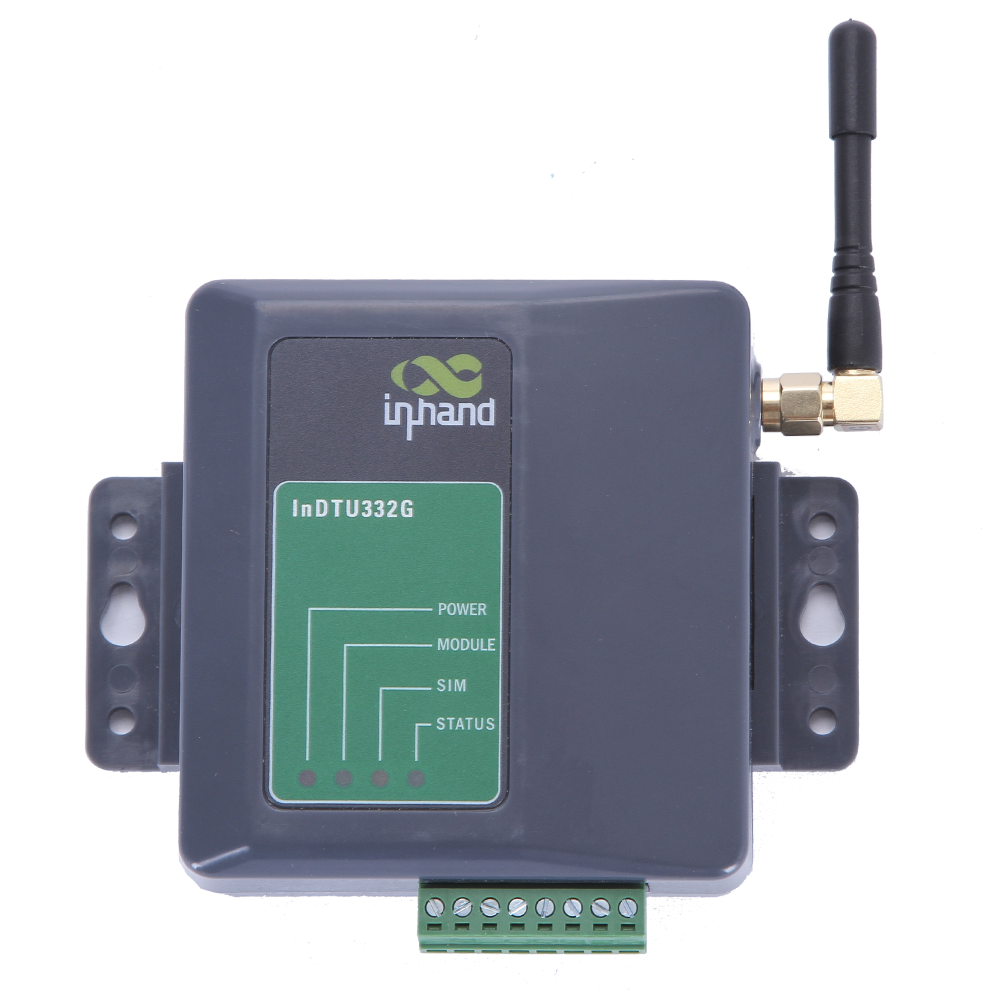The 3rd Generation Partnership Project (3GPP) is a consortium of standards-making organizations that develop mobile telecommunications protocols. When 3GPP began working on 5G in 2015, it realized that a new kind of radio would be needed to transmit and receive signals carrying voice and data on 5G networks. This new radio would have to broadcast and receive on a range of frequencies as high as 300 GHz — the so-called “millimeter wavelengths” bands — and as low as 6 GHz. This requirement, along with others aimed at dramatically improving 5G wireless service as compared to 4G, led to the development of the aptly named “New Radio,” which is simply referred to as “NR.” The NR uses an array of technologies that set 5G service apart from all that preceded it. Chief among these is Massive MIMO — Multiple Input, Multiple Output.
Continue reading…Massive MIMO Gives 5G Cellular Service Its Wings
